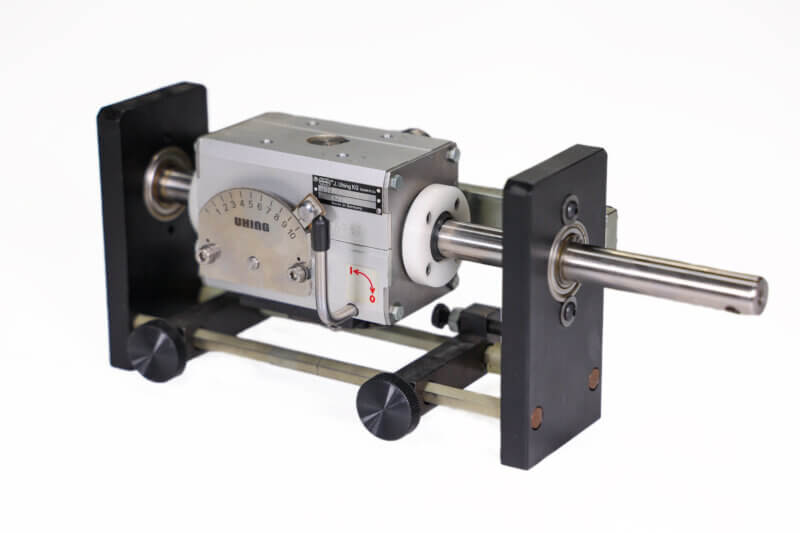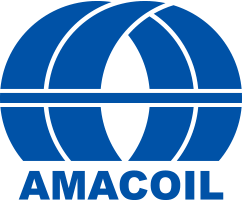Properly attaching a load to a Uhing traverse drive
Uhing traverse drives are friction drives. As a result of this design, the rolling ring bearings are under pressure and in direct contact with the surface drive shaft. When a load is attached, there is an increase in pressure on the bearings which causes wear and degradation with an eventual and inevitable result of the Uhing traverse drive losing thrust and experiencing slippage.
A common mistake is to upsize to a larger Uhing traverse unit. Size is not the solution; proper load attachment is. Significant weight and repetitive overturning instances of force must be neutralized. Amacoil accomplishes this by using a linear bearing slide load carrier.
As illustrated below, the load is attached to the flat platform at the top – which travels on the two Thompson rails. The traverse essentially “floats” beneath the load carrier, and the yokes are not attached to the traverse.

As a result, the only work being executed by the Uhing traverse is to push against the yokes to move the load back and forth. This action is congruent with the Uhing design, which is to provide side thrust only. Deploying the Uhing traverse in ways that requires it to do any other work within the system will eventually result in slippage and should therefore be avoided.
